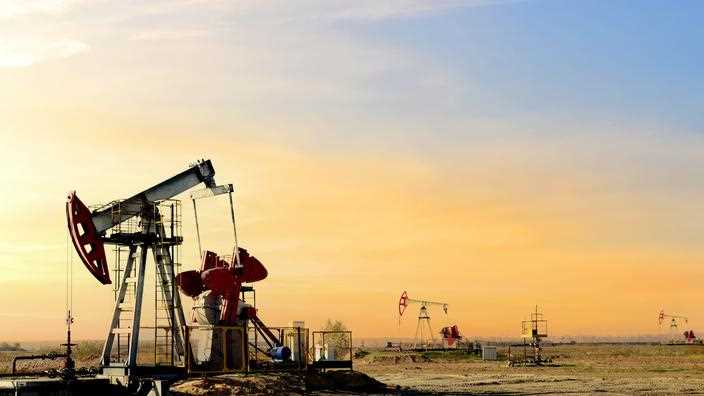The persistence of the Ukrainian crisis and worrying indicators in the US inventories report pushed oil prices higher.
Oil prices hit a new high in more than seven years on Wednesday, helped by the lingering Ukraine crisis and some worrying indicators in the US inventories report.
Read alsoGasoline or diesel: where to find fuel at the best price near you?
The price of a barrel of Brent from the North Sea for delivery in March gained 1.99% to end at 89.96 dollars. Earlier, it had surpassed $90, for the first time since October 2014, and climbed as high as $90.47. As for the barrel of West Texas Intermediate (WTI), also for maturity in March, it rose 2.04% to close at 87.35 dollars. The benchmark contract for the main American variety of black gold even went up to 87.95 dollars during the session.
“The market takes in the risk new geopolitical episodes on the Russian-Ukrainian border », pointed out, in a note, Bart Melek, head of commodity strategy at TD Securities. Possible developments “which could lead to sanctions, which would reduce the quantities of natural gas and oil available globally”, he continued. In a letter delivered to Russia on Wednesday, the United States refused to rule out Ukraine’s membership of NATO, the main Russian requirement to reach a solution to this crisis. In addition, a meeting of Russian, Ukrainian, French and German negotiators on Wednesday in Paris did not lead to any concrete progress.
Rise in US reserves
Already incandescent, the market was not reassured by the weekly report on US oil inventories. Crude reserves increased much more than expected, by 2.4 million barrels against an expected one million, but “if we didn’t have the strategic reserves, it would look less good”, commented Bill O’Grady, head of research at Confluence Investment Management. Strategic reserves fell by 1.2 million barrels during the week ended January 21. Used as an adjustment variable by the Biden government to relieve prices, strategic reserves have fallen by 30.5 million barrels since the beginning of September.
“The Other Factor” which made the operators react, “It’s that production is down”, underlined Bill O’Grady. It fell from 11.7 million barrels per day to 11.6, very far from its level two years ago (13), before the start of the pandemic. “We are in a strange world right now, where prices are going up but not increasing production”wondered Bill O’Grady. “So the only way we’re going to balance the markets is by reducing consumption.”
Another concern is the low level of inventories in Cushing, Oklahoma, the delivery location for WTI on which US futures contracts are based, said Matt Smith, head of oil analysis at Kpler.
